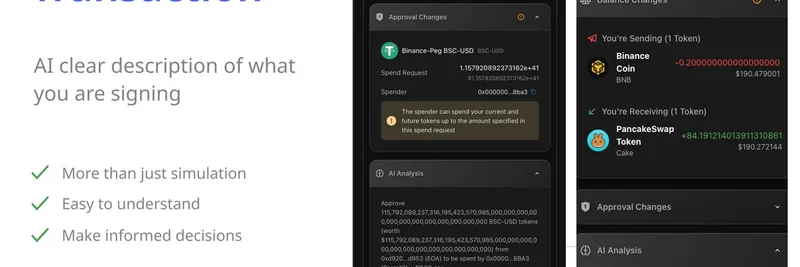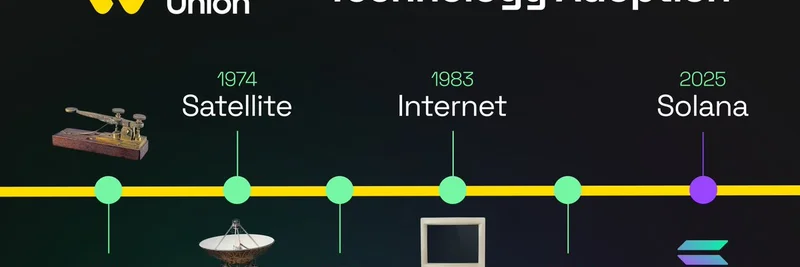In a recent discussion shared on X, Alberto Cevallos from Pyefinance sat down with Austin Federa of DoubleZero to unpack the future of blockchain infrastructure. The conversation, hosted by the Solana Incubator, dives into why the current public internet falls short for crypto's demands and how DoubleZero aims to fix that. For meme token enthusiasts on Solana, this could mean lightning-fast trades and a more level playing field.
The public internet we all use daily is built for affordability, not speed. Think about it: when you send data from New York to Tokyo, it might bounce through Chicago, Atlanta, and beyond before crossing the ocean—all to keep costs low. This "least-cost routing" works fine for streaming videos or liking posts, but it's a nightmare for time-sensitive activities like blockchain transactions. Delays of hundreds of milliseconds can mean missing out on a hot meme token pump or getting your quotes sniped in a DEX trade.
Big tech giants like Google and Meta sidestep this by running their own private fiber networks, optimized for speed and reliability. Wall Street firms do the same for high-frequency trading. Crypto, however, has been stuck on the public internet because no decentralized alternative existed—until DoubleZero. This project is essentially building a "new internet" tailored for high-performance distributed systems, with multiple independent contributors providing fiber to create a global, trustless network.
One key tech here is multicast, a hardware-accelerated way to replicate and distribute data efficiently. On Solana today, block propagation uses something called Turbine, where data fans out in layers—each validator sends to a group, who then send to others. It's effective but creates asymmetries: if you get the data first, you have an edge. Multicast lets a producer send once, and the network handles replication, speeding up consensus and making things fairer. This could shorten block times, pack in more transactions, and boost overall throughput.
For Solana validators, joining DoubleZero means paying a seat fee—about 5% of block rewards in the project's native token. Half gets burned, and the other half rewards bandwidth contributors. In return, validators can operate from more locations, access tighter timings, and integrate with tools like Jito for better transaction bundling. Users, especially traders, benefit from faster order broadcasts, tighter spreads, and potentially moving price discovery on-chain away from centralized exchanges like Binance.
Tying this back to meme tokens, Solana's ecosystem thrives on velocity—how quickly capital turns over. Metrics show Solana's capital efficiency is 7-10x higher than Ethereum's, meaning the same dollar gets traded more often, generating fees and excitement. With DoubleZero, we could see Solana hit 10x or even 100x its current speed in the coming year. Imagine sniping launches on platforms like Pump.fun without the lag, or arbitraging meme coins across global markets with sub-second execution. It's not just about memes; gaming, AI training, and live events could all leverage this for real-time performance.
The team is starting with Solana due to its high activity and revenue but plans to expand. Projects like Shredstream for transaction flow and hot storage networks are already integrating. As Federa puts it, many blockchain innovations—like ZK compression or node specialization—are band-aids for slow internet. Fix the underlying physics, and the possibilities explode.
Check out the full discussion in the original thread on X to hear it straight from the source. If you're deep into Solana memes, keep an eye on DoubleZero—it might just turbocharge your next trade.



